
Ski goggles are straightforward as far as their usage is concerned. You simply put them on, and you are good to go. However, what many people never know are the fine details and the engineering that goes into them to turn them into the dependable skiing gear that they are.
When you are moving downhill at high speeds, there are many present dangers to your eyes; you have the glare of the sun and the reflective snow to deal with, there’s the biting cold wind and particles in the air that can inflict great injuries to your eyes if they are exposed.
To counter this, ski goggles were invented. They are wide enough to cover the eye area from the front to the temple area; this doesn’t just block out the sun but also the cold wind from getting in. They have an airtight nose bridge that also prevents fogging from accumulating in the eyes. To better understand how ski goggles work, it is vital that we look at how the various parts are designed.
Ski goggle lenses are the main shields for the eyes and have a curved shape for aerodynamics. In most goggles, there are two layers of lenses, an inner one and an outer one. Between them, there’s a foam divider that traps a gap of air for insulation against the cold. The lenses are usually made out of Trivex plastic or polycarbonate material for higher resistance against impact.
They also come with a scratch-resistant coating on the outside for durability. This layer is usually made colorful and is responsible for the signature look that snow goggles usually spot when exposed to the sun.
Every anti-fog ski goggles come with an anti-fogging coating on the inside that makes it hard for the fog to accumulate as that will cause visibility problems for the user. When cleaning goggles, avoid being too aggressive when dealing with the inner layer as it is very sensitive and easily damaged.
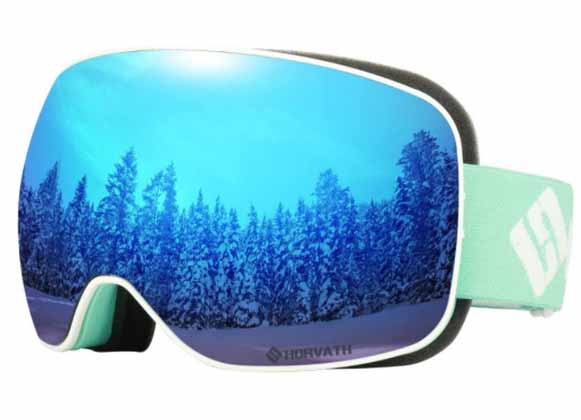
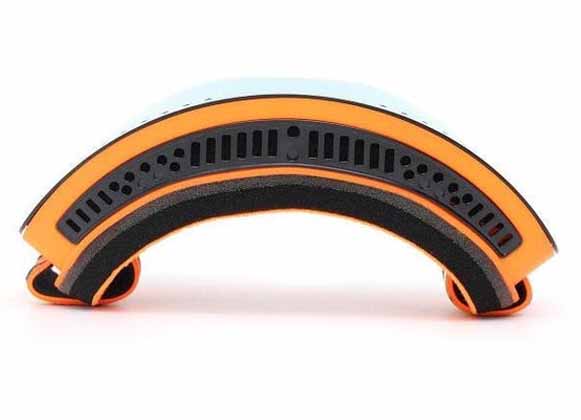
The frame is the body that holds the lens in place and is the part that defines the look of the whole gear. It is designed with ventilation holes for the free flow of air to specific parts of the goggles that keep any foreign objects outside. It also keeps the face cool by taking water vapor out as moisture accumulation inside the holes will lead to fogging. Many snow goggles manufacturers use frames to inscribe their logos.
The frame clip is what makes the goggles fit in well with skiing helmets. They have straps that move forward while pushing the googles back to give them an adaptable fit to go under the helmet for a snug fit. However, not all snow goggles come with this feature, and that is why it is paramount to always check if the snow goggles you minted to buy are compatible with helmets or not.
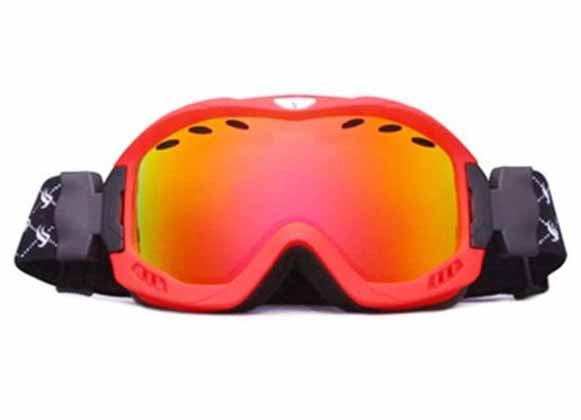
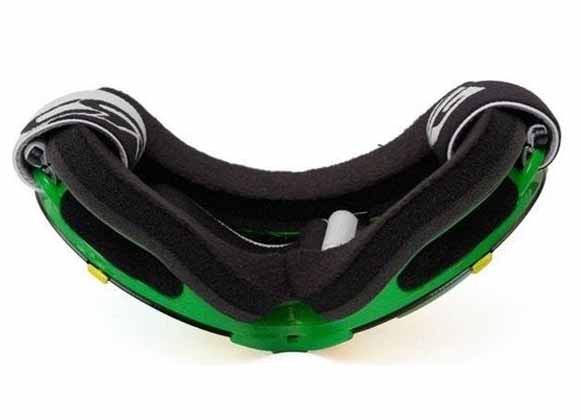
When you look at a pair of snow goggles, you will notice a layer of thick, soft pads that come into contact with the face once you put the goggles on. This layer of padding serves various purposes. The first one is to keep the face warm by being the buffer between the cold polycarbonate material and the face.
Secondly, it adds comfort when the goggles are worn to avoid the squeezing that is caused by the elastic straps. Lastly, they create some space between the eyes and the lens for breathability and the proper circulation of air.
This is the elastic band that goes around the head to lock the goggles in place. They are designed to be adjustable so that they can fit around any size of the head, even when the user has big hair. They also have soft padding on the inside and are wide for a comfortable fit as opposed to being rigid and narrow as that would cause them to dig into the head, and that can be a little uncomfortable.
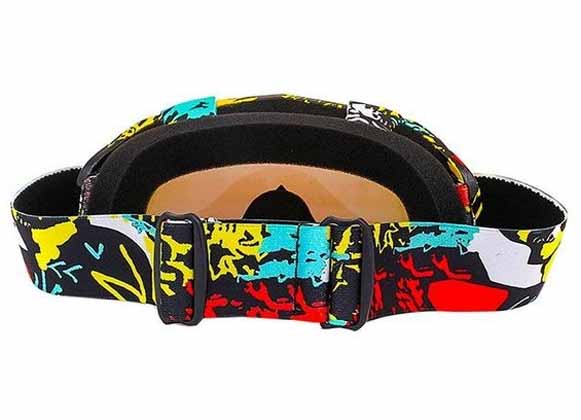
Each brand of snow goggles is designed in a unique way that functions differently from each other, but the bottom line is that they all serve to shield the eyes from the light, the wind, and the snow. To know more about how the design and manufacture of every part affect the general performance of your snow goggles, visit our website, and you’ll have access to informative articles that will explain everything for you.